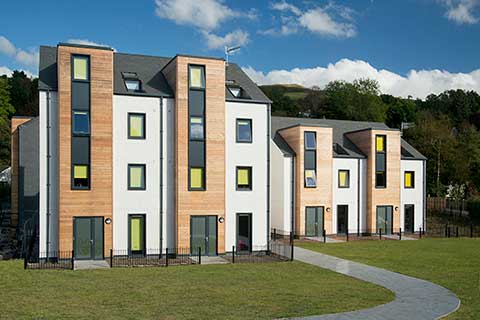BA (Hons) - Graphic Design (with integrated foundation year)
Have alternative qualifications or don't quite meet our entry criteria? No problem.
If you’re looking for a graphic design foundation course that will develop your skills and confidence in a supportive, dynamic environment, look no further.
Your introductory year will give you the technical expertise and knowledge to progress to our highly respected undergraduate degree in graphic design.
Course Overview
To break into the competitive but rewarding graphic design industry, you’ll need an exciting portfolio, excellent subject knowledge, the skills to use the latest professional equipment and technology – and your own unique flair in creatively solving communication problems.
So, if you’re looking for a graphic design foundation course that enables you to learn graphic design from industry experts and develop the skills and confidence needed to kick-start your graphic design career, look no further. Your introductory year will give you the technical expertise and knowledge to progress to our highly respected BA (Hons) Graphic Design course.
Following your foundation year, our hands-on course is designed to take you to your creative limits and graduate with the confidence, experience and skills that are so sought after by employers in this highly selective but exciting industry.
On this course you will...
- Develop an appreciation of the key theories and contexts that influence graphic design today.
- Develop a portfolio of graphic design work that demonstrates your understanding, visual skills and critical judgement.
- Work on industry-led briefs enabling you to develop autonomy, creativity and professionalism.
- Develop a range of industry-standard skills: idea generation, design development, typography, layout, 3D graphics, motion graphics, digital artwork, presentation skills, etc.
- Undertake group projects which simulate the workflow of a professional studio.
Stay Focused. Go Far.
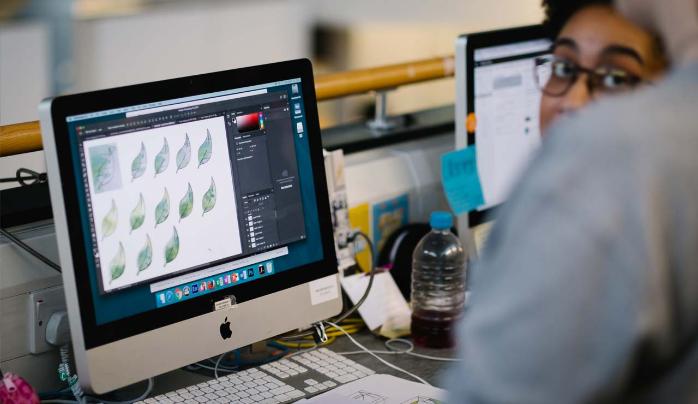
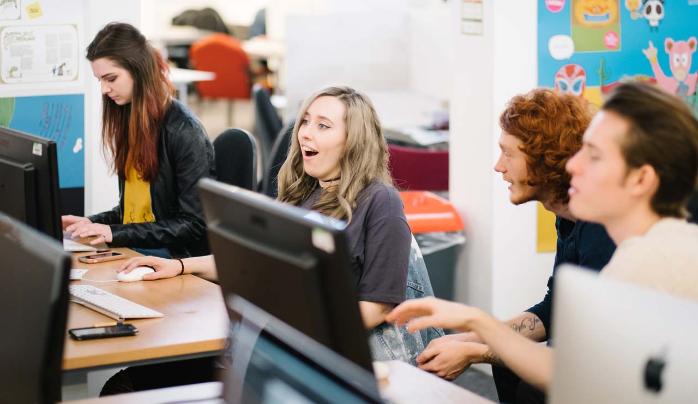
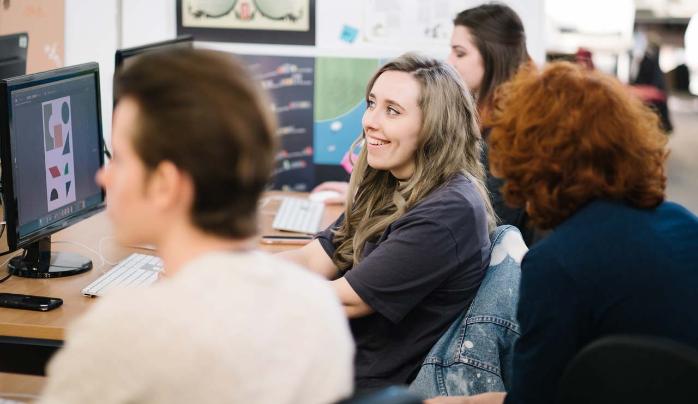

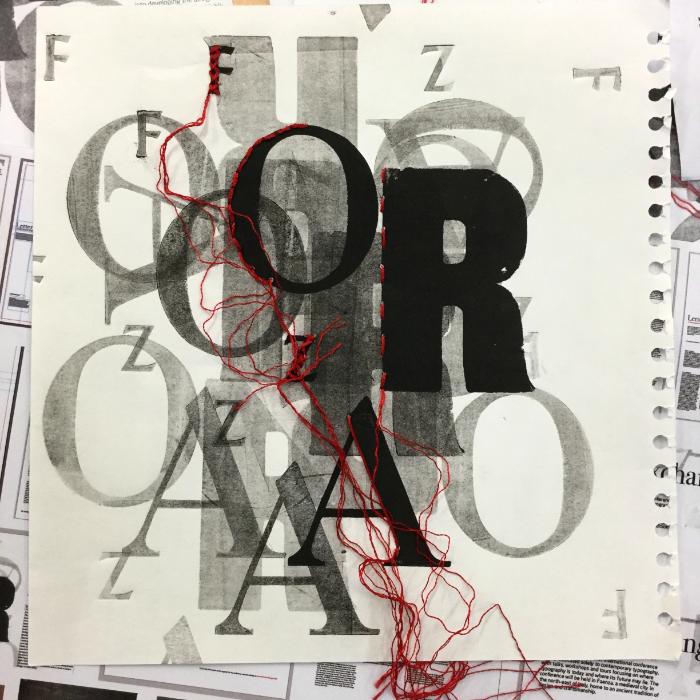
Location
Carlisle - Brampton Road Campus
Located just outside the city, right on top of Hadrian's Wall, the Brampton Road campus is full of history, buzzing with excitement, creativity, and a sense of endless possibility. The home of creators, entertainers, rule breakers, and change-markers.
Find out more
Find out more about studying with us
Attend an Open Day at Cumbria
An Open Day is your opportunity to explore one of 5 campuses, meet your lecturers, and find out how the University of Cumbria could become your new home.
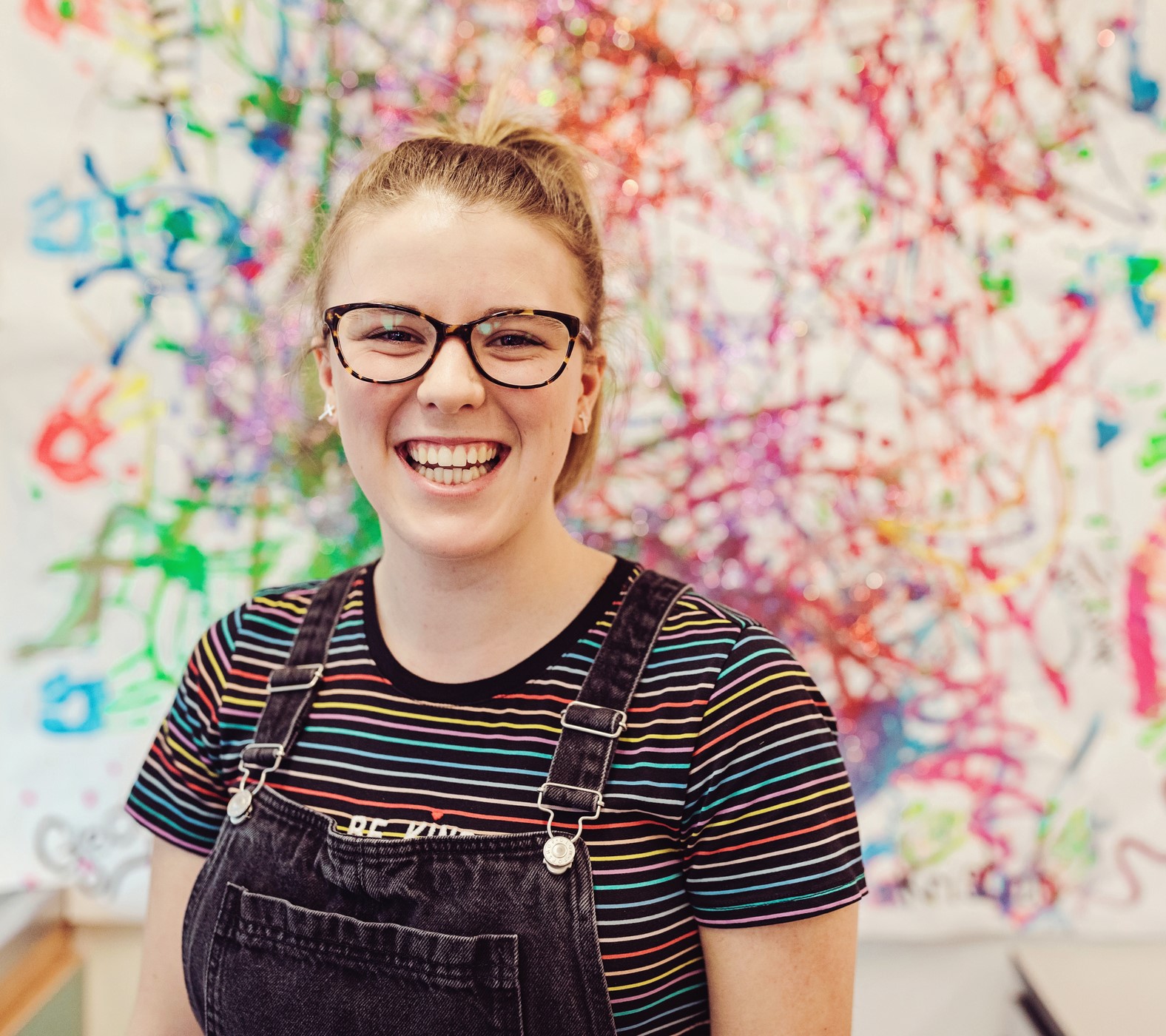

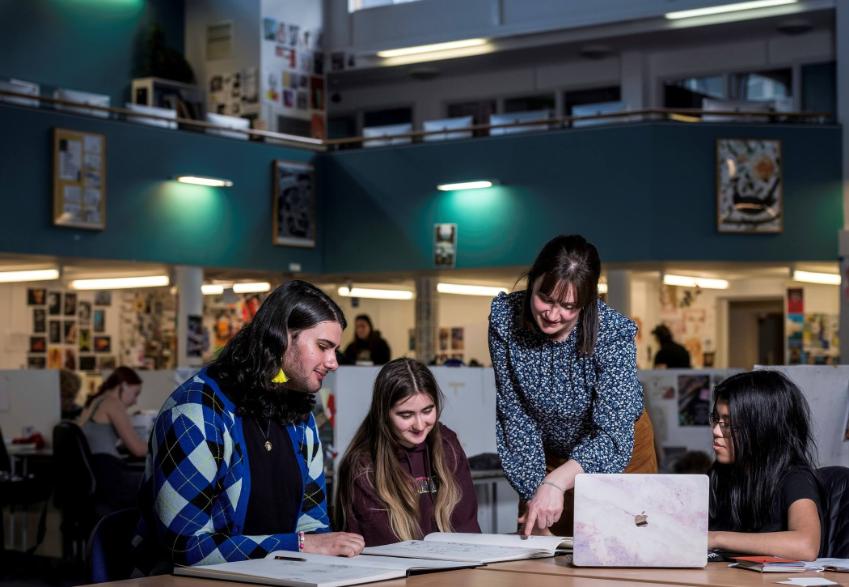
.webp)

